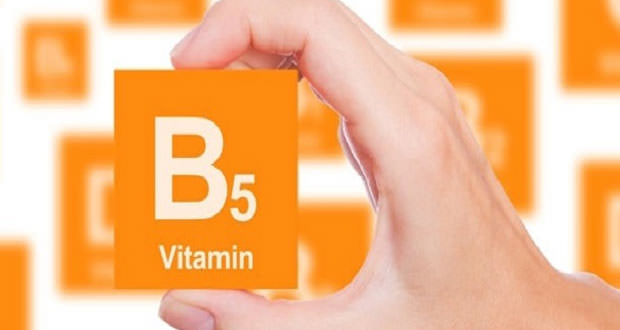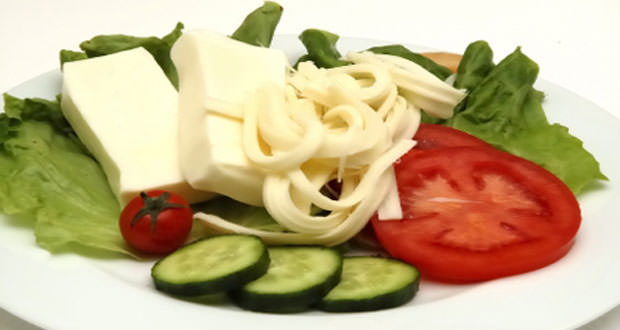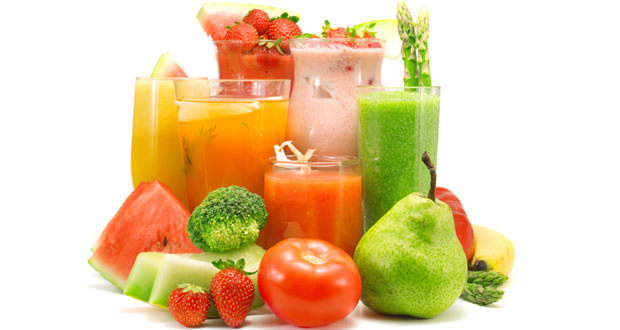Vitamin B5: Functions and food sources

Vitamin B5 is also known as pantothenic acid or vitamin W. It is a vitamin indispensable to the organism. And water-soluble, or tends to melt in water and does not accumulate so you need a constant supply with the power supply, also is destroyed by acids and bases. Hours analyze the functions and dietary sources that contain vitamin B5.
1.) This vitamin has a feature that makes it unique, or can operate the circuit body that produces energy. Through a process that turns everything we eat into energy vital, vitamin B5 promotes the exploitation by the body of each food. Its main functions are to promote the metabolism of proteins, fats, carbohydrates, to help in the synthesis of hormones and cholesterol. Do not forget that it also has a high anti-stress, anti-aging and can speed up the healing process.
2.) I remind you that you will find anywhere, between foods, those of animal origin to those plants. Among the foods that contain a greater amount of vitamin B5 are the dried mushrooms, egg yolk, liver, chicken liver, brewer’s yeast, sesame seeds, sunflower seeds, peanuts, legumes, fish, wheat germ, molasses, the buckwheat flour and much more. But the food that contains a real concentrates of pantothenic acid is royal jelly. Do I remember that foods that contain this vitamin will lose 30 to 50% during their cooking. The same happens, when foods are deep-frozen, since a part of the vitamin is dispersed with thawing, since it is water-soluble.
3.) This vitamin is not lacking in anyone but especially undernourished people, a possible deficiency, found in those who take alcohol excessively is that smoking can cause a reduction in the production of antibodies. To meet the need daily they are sufficient for 5 to 10 milligrams which are covered with a balanced nutrition. Do not forget that vitamin B5 is absorbed thanks to coenzyme A taken with food due to its hydrolysis that occurs within the intestinal lumen. Once the vitamin has been absorbed is transported, with blood transmission, to all tissues especially thanks to red blood cells.
4.) Deficiency of vitamin B5 gives rise to a series of symptoms such as lower blood glucose in the blood, tingling both upper and lower limbs, cramps, muscle aches, decreased red blood cells, various types of dermatitis, manifestation of insomnia and states anxious, anemia and so on.
5.) You must know that is used for the treatment of rheumatology, hepatitis and muscular dystrophy, although, until now, have not yet been encountered obvious effects of these diseases. There are no known toxic effects due to its excessive intake if not the fact that, in high doses the presence of pantothenic acid, inhibits the absorption of vitamin B8 that has as a function the synthesis of fatty acids. We do not recommend its use to people who take drugs for the treatment of Parkinson’s disease, those using anticoagulant drugs and those who suffer from hemophilia.
6.) If you adopt an adequate and proper nutrition will not need to use supplements of vitamin B5 can be useful for elderly, those who have undergone surgery, the people who are suffering from chronic diseases and who performs work in stressful and heavy.






